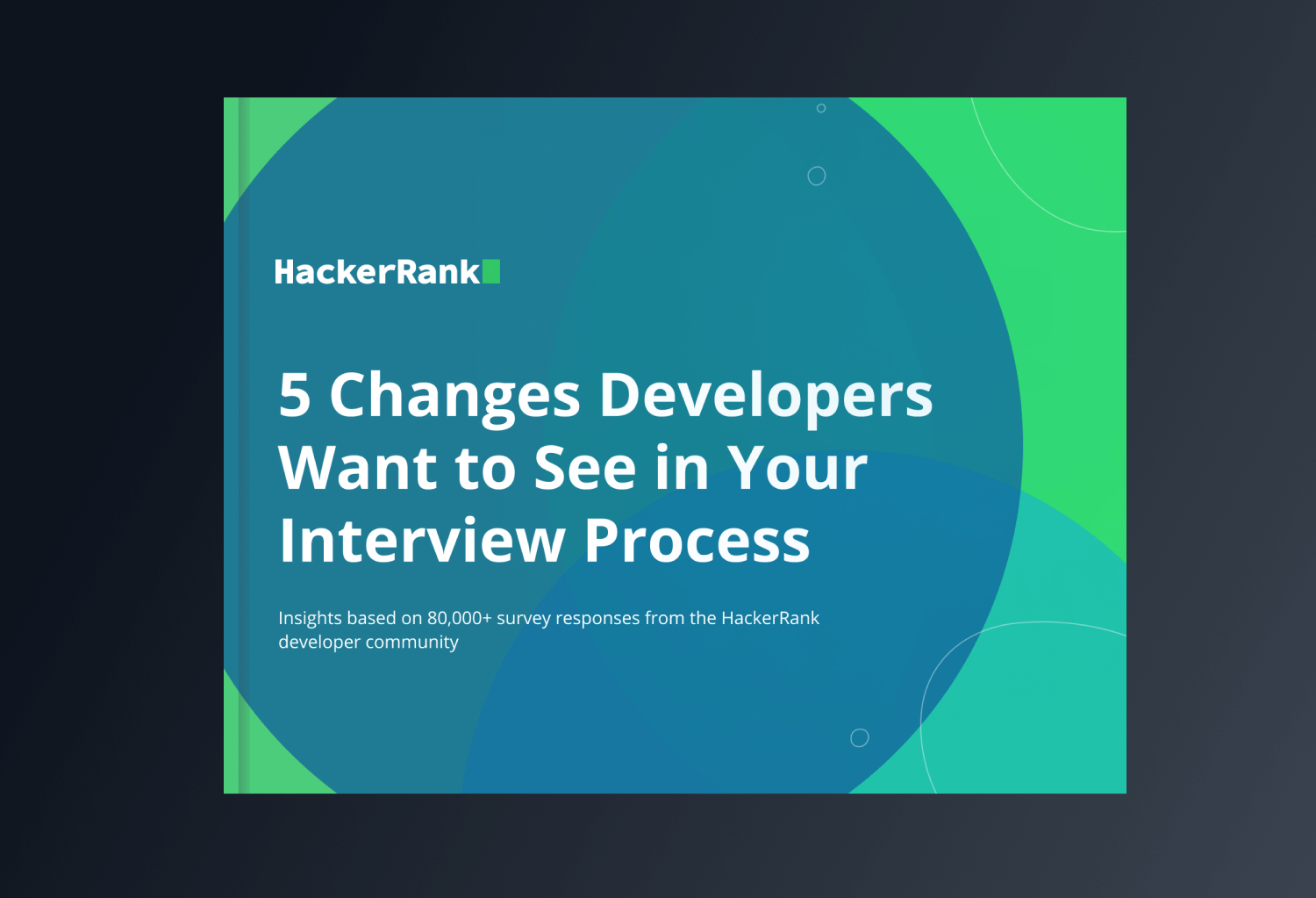Roles directory / Data Science & Analytics
Data Analyst
Overview
Data analysts are responsible for collecting, analyzing, and interpreting large datasets to identify patterns and trends. They use their knowledge of statistical analysis, data modeling, and data visualization to provide insights that help businesses make informed decisions.
Also known as:
Software Data Analyst
Skills
Typical years of experience
0
Data Analyst
| 129 | Role-related questions |
|---|---|
| Unlimited interviews | |
| Interview templates |
Resources
Learn more about
HackerRank
HackerRank



